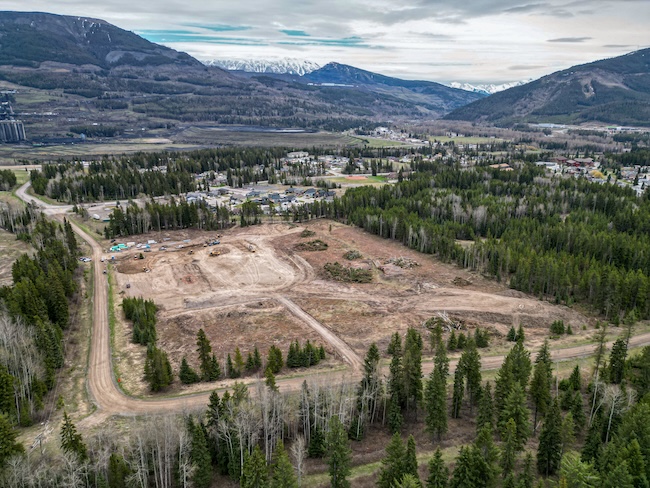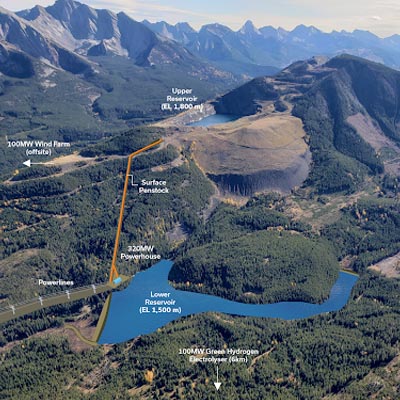Gold’s glitter feeding appetite among investors

Many analysts are predicting gold to bump upwards as much as $100 an ounce by year’s end. Vancouver, British Columbia – One positive side effect of a
Many analysts are predicting gold to bump upwards as much as $100 an ounce by year’s end.
Vancouver, British Columbia – One positive side effect of a struggling Canadian dollar is a relative jump in the price of gold.
The shine has been off the precious metal for more than three years, dating back to its peak above $1,900 US in 2011 to its current trading range of about $1,200 an ounce. Although many analysts are predicting gold to bump upwards as much as $100 an ounce by year’s end, most of its moves so far in 2015 have been sideways, typically in $10 or $20 increments – unless you’re valuing it in Canadian currency.
By that measure, gold is up at least 20 per cent in recent months – that’s over $1,500 an ounce in Canadian dollars. That’s good news for Canadian investors, and there are already indications that the relative price disparity is attracting interest from investors in the mining and mineral exploration sectors. That’s welcome news for those junior mining companies that are determined to work through the current investment slowdown, scrambling for money to fund mineral exploration and assembling properties in preparation for the eventual turnaround.
“The implication is that compared to any other currency around, gold has had a big increase in price. Does that mean it has increased in value or is it just a nominal thing? If you’re mining gold in Canada or Australia or Ghana, the gold price now is looking very strong,” suggested Lawrence Roulston, president of Vancouver-based Quintana Resources Capital.
Quintana is a Houston-based family-run company that focuses on investing in the junior mining market. Roulston said that while many investors continue to sit on the sidelines, others, particularly in the U.S., regard recent struggles in the global mining sector as an opportunity to buy. Quintana, he said, has assembled a group of industry professionals in Vancouver who are “working toward deploying a pretty substantial amount of money.”
“It’s cheaper for Americans to come into Canadian markets right now and buy shares. I can tell you anecdotally that there’s a lot of money in the U.S. right now that’s looking to get into the mining industry,” Roulston said. “From the beginning of October until (mid-February), the amount of new money coming into the junior mining sector was $3.5 billion.”
“I’m talking about closed deals, not those where someone is hoping to raise money, but deals where a cheque has cleared the bank. And that’s just juniors. Equity was $1.7 of that, $1.8 was debt. The $1.7 of new equity went to 130 different companies. That’s worldwide – but two thirds of it is Canada-based, TSX or TSX-V listed companies.”
Investors aren’t the only ones seeking opportunities in the sector, Roulston added. “There have been around 14 takeovers since the beginning of October 2014, so the majors are definitely moving, and the mid-tiers.”
One of the most prominent moves is Goldcorp’s $526 million friendly takeover offer in January 2015 for Probe Mines, owner of the Borden Lake gold project near Chapleau, Ontario, a deal that valued Probe shares at a 49 per cent premium to market price. Roulston said it was a bit surprising to see Goldcorp lay out more than half a billion dollars in a premium offer for a gold project that’s in a relatively early stage – but it reflects growing interest in Canadian mining opportunities. He noted there was similar talk about the half-billion dollars Goldcorp paid in 2006 in an all-stock deal to acquire the Eleonore deposit in northern Quebec, “and that’s now going to be a spectacular mine.”
The Borden Lake area was relatively underexplored until the Probe discovery, despite being surrounded by one of the world’s largest accumulations of gold deposits – including the Timmins, Hemlo and Wawa camps.
Now, it’s an attractive area for junior companies such as Kapuskasing Gold (TSX.V: KAP), which has assembled six sets of gold exploration properties, each with its own geological targets, which flank the Probe property on all sides.
Ground samples from two of the properties, Rollo and Borden North, provided assay results up to 7.69 grams of gold per tonne. Three separate gold occurrences were tested, including one new discovery zone.
All of the company’s properties share with Borden Lake a common geologic theme – they’re in the Kapuskasing Structural Zone, a geological fault where the continental plates are still pushing up rock. The company boasts a very successful, expert team of prospectors and geologists who are anxious to discover what other opportunities may be hidden there.
Mike Tremblay, a co-winner of Ontario Prospectors Association Award in 2013 for the Borden discovery, is prospector and head of Kapuskasing’s advisory board. Tremblay, who grew up in Chapleau, first theorized and staked prospective ground in the Kapuskasing Structural Zone in the late 1980s and he continues to “bang rock” in the area.
“In the Kapuskasing Structural Zone, where the Borden deposit is, there is really only a minute amount of work ever done. Our company has Borden-type targets in unexplored territory where we have similar rock types. So it’s a similar geological setting without any work ever being done on it,” Tremblay said.
“Even now, Kapuskasing has barely scratched the surface of its properties,” he said.
“Once we get our funding together the first thing we want to do on the Kapuskasing targets – the Borden-type targets – is to fly a good airborne (magnetic/electromagnetic) survey so we have a base to work from.”
“We’re basically following what Probe did, fly a good airborne survey and then go hit it on the ground with grassroots prospecting, banging rock, and then in a relatively quick timeframe get to the drilling stage as soon as we generate targets.”
Dean Nawata, Kapuskasing Gold president and CEO, said he believes there is “an advantage to building up a company when the market is in the tank and nobody else is looking.”
“We approached Mike with the idea, ‘Why don’t we build a company based on you?’ Nawata recalled. “This whole thing was put together by four professional geologists picking and choosing what they really want geologically, specifically staking a large land position in six general areas with 10 claim packages all around the Probe discovery. Each of these packages happened to be available to Kapuskasing Gold. They were all chosen for specific geological reasons.”
“Rather than a claim staking closeology play, it really has been built from the ground up by contemporary, successful geologists putting together a regional exploration play – partially validated by Probe’s discovery.”
In addition to Tremblay, the company boasts four professional geologists with a combined 110 years of experience in mineral exploration, property acquisition and mine development, including: Robert Duess, who was a key figure in early development of the West Timmins area; Darin Wagner, former president and CEO of West Timmins Mining; Wayne Reid who was instrumental in discovery of gold deposits in the Yukon and central Newfoundland; and Brian Atkinson who was previously the Ontario Geological Survey’s regional resident geologist for Timmins and Red Lake.
“I think one of our advantages, over and above the fact that we have an expert group that knows this area, is that we were able to put this whole thing together because the junior markets are in bad shape,” Nawata said. “We had the time and the expertise to pick and choose what we wanted as a whole regional play, a regional exploration company.”
Wagner said there has been an “evolution of the thinking” about the geology of the area around Borden and the Kapuskasing Structural Zone.
“When Robert Duess and I were working in the Timmins area there was a belief that there wasn’t anything of significance in the west end of the Timmins camp. Our work proved that to be dead wrong.”
“We think there’s a significantly underappreciated opportunity out there and it really does start at that grassroots prospecting level. I think that’s what attracted us to that area – the opportunity exists to do good, fundamentally sound prospecting and geological work and find something in the heartland in Canada,” Wagner added.




